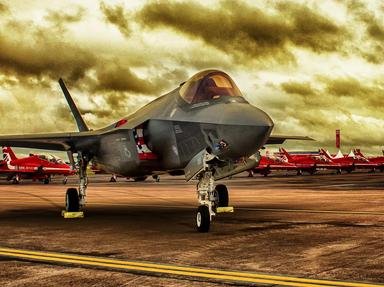
Order of Formation II Trivia Quiz
The British Army's armoured formation includes these 10 horse guards, line cavalry and tank regiments. Can you arrange them into the order of their formation, from the oldest to the newest?
An ordering quiz
by Red_John.
Estimated time: 6 mins.